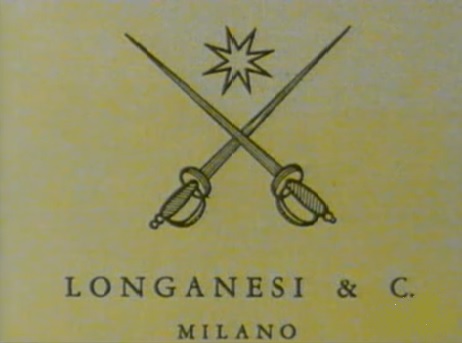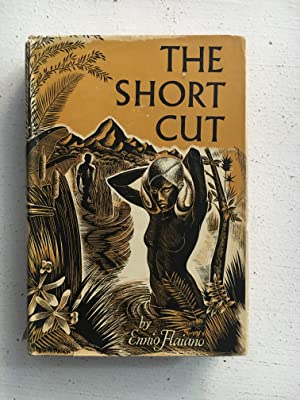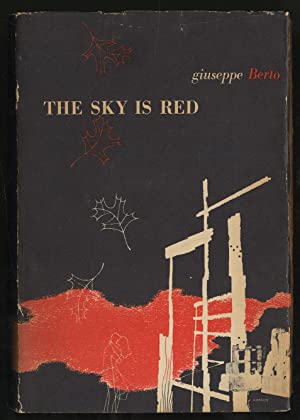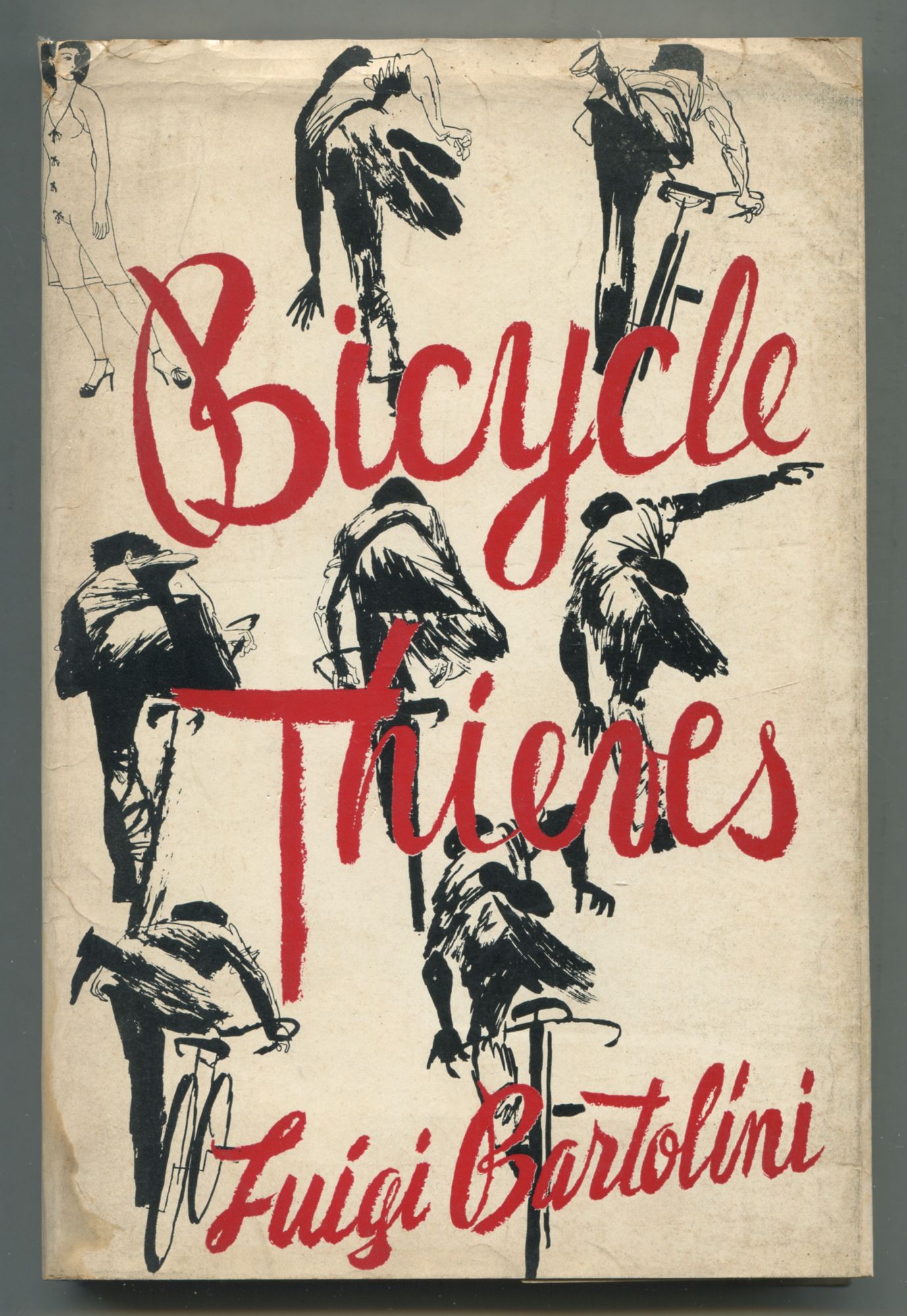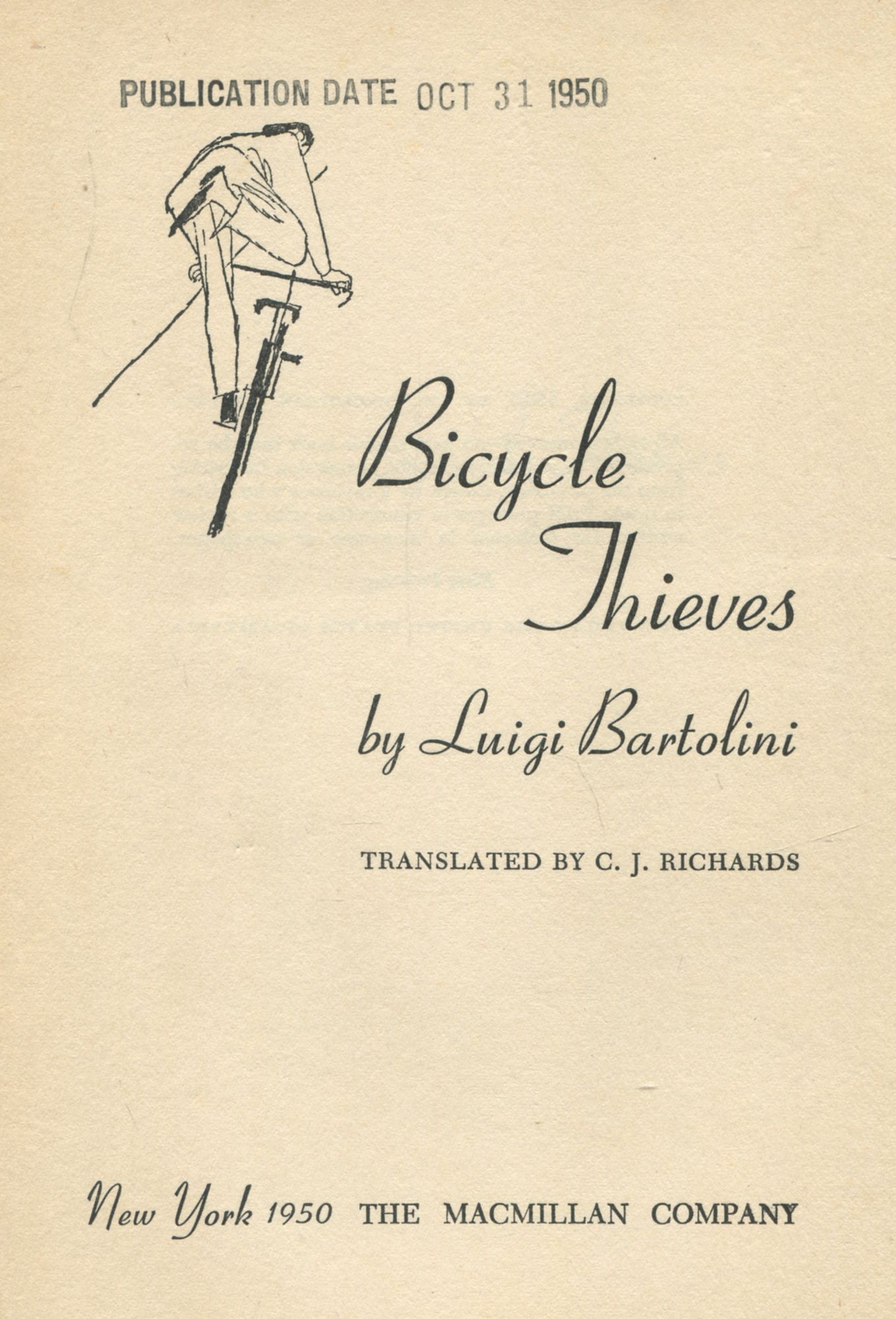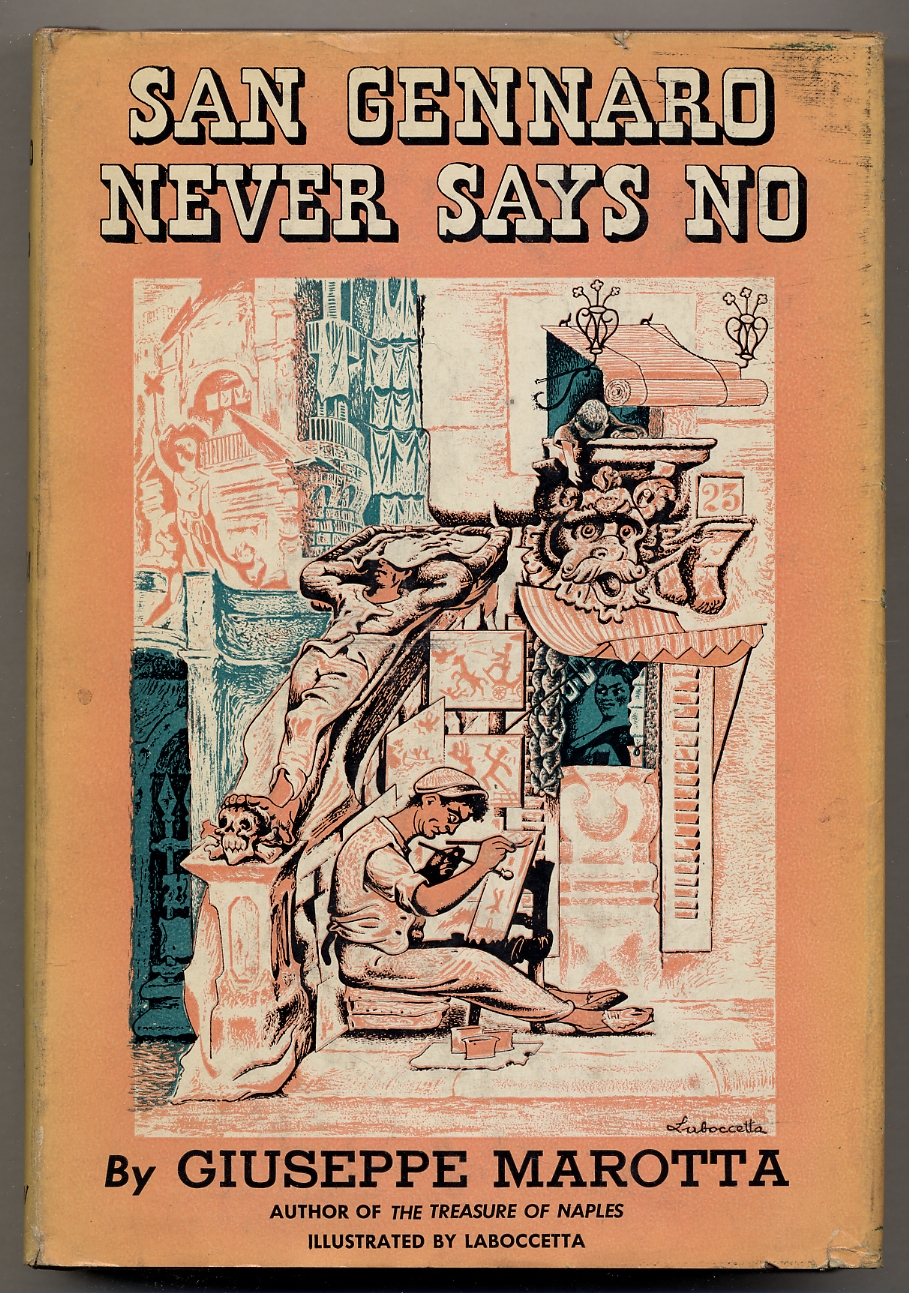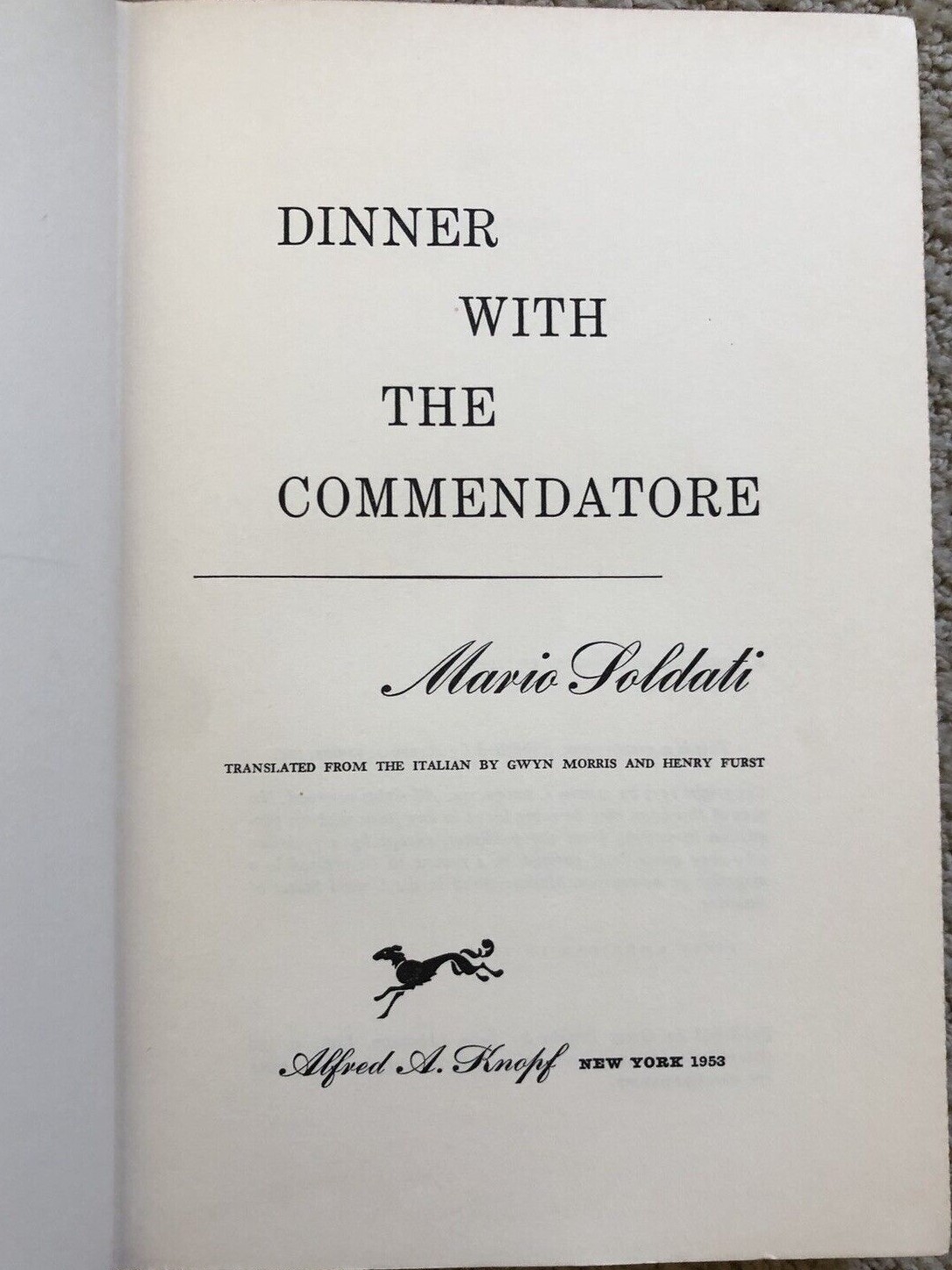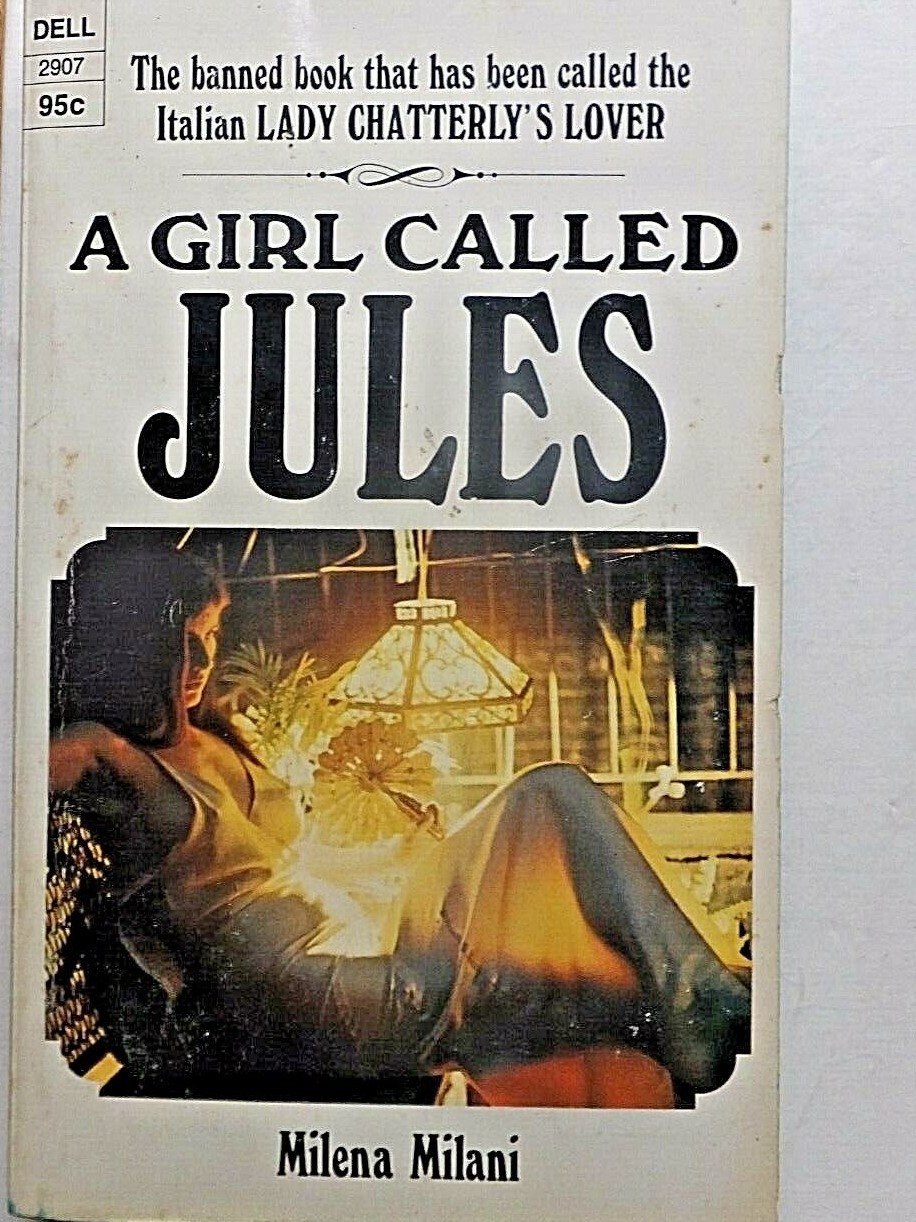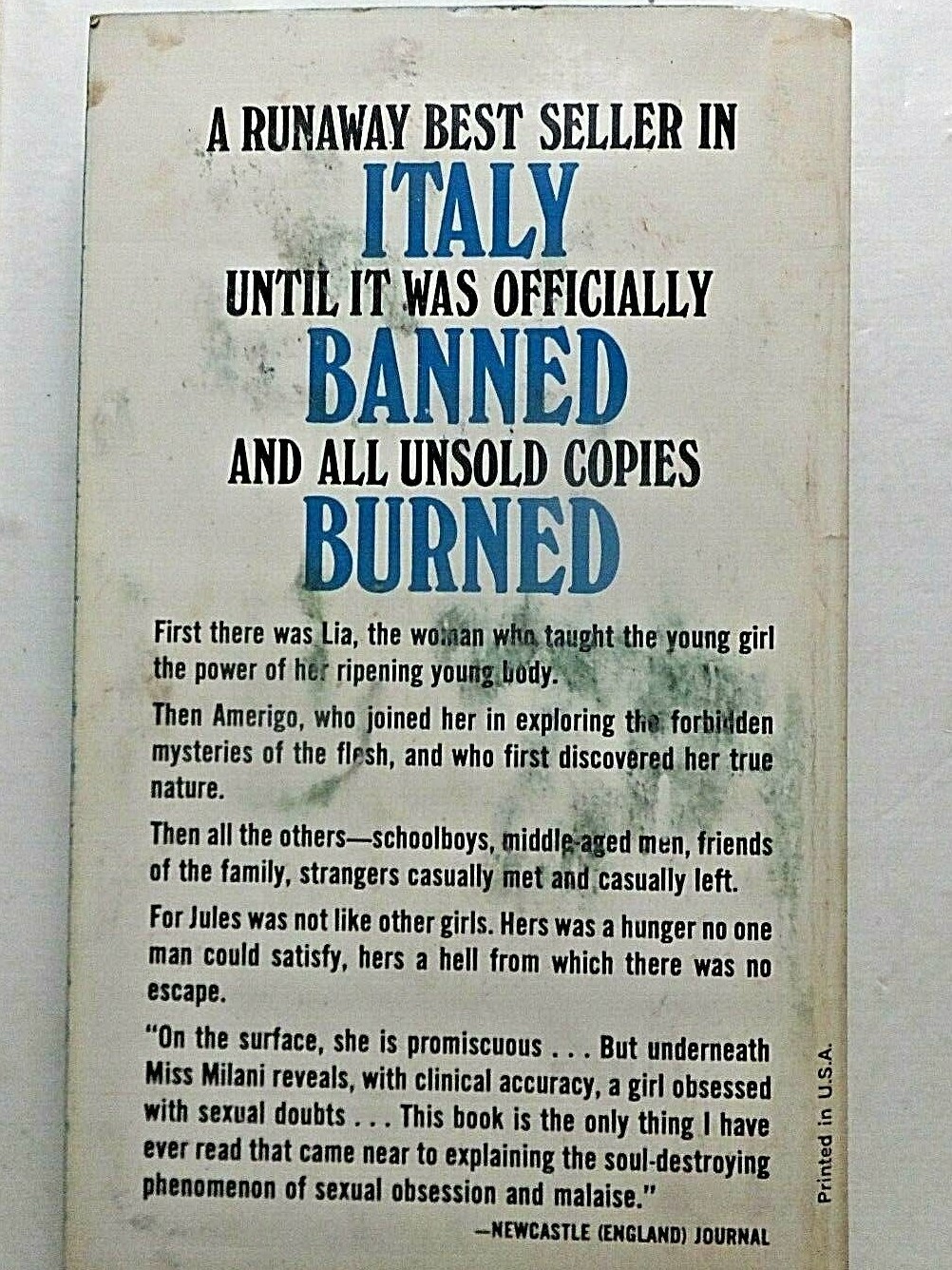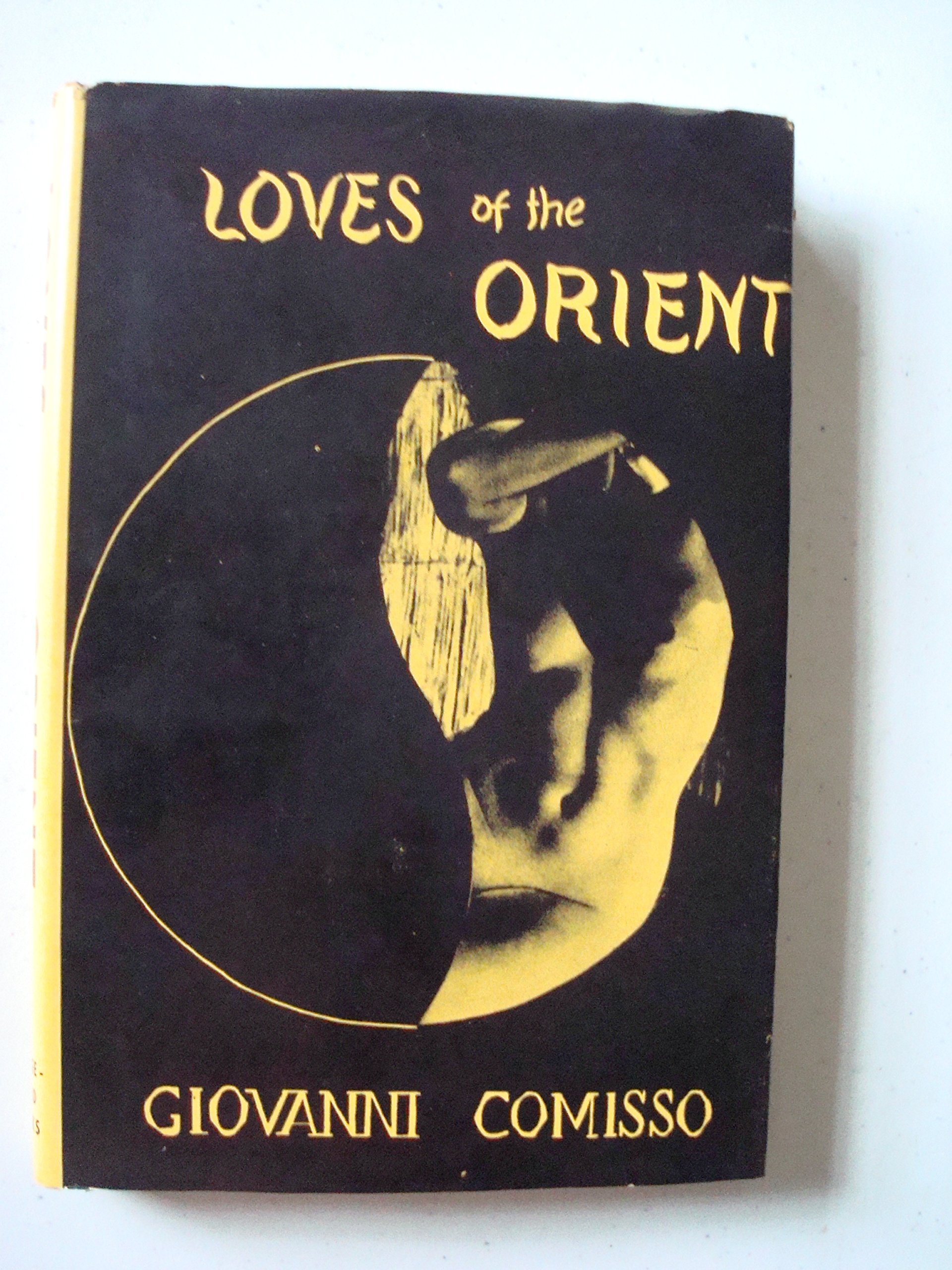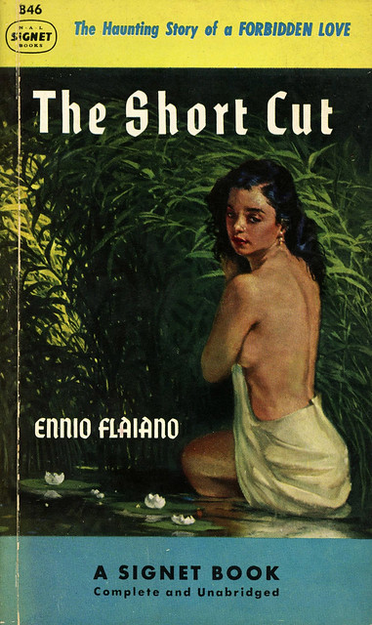1946 - today
Milan, Italy
Founded in 1946, Longanesi stood out in its early years because of the anti-conformist vocation that reflected the eclectic and unconventional spirit of its founder, Leo Longanesi. The editorial strategy followed the direction that had already guided the journalist’s previous activities. The network of collaborators included illustrious names in journalism and literature, such as Ansaldo, Moravia, Montanelli, Buzzati, Prezzolini and Furst to name but a few.
The prevailing interest in non-fiction, which found expression in the collection Il Cammeo, gradually opened up to national and international fiction, mainly collected in the series La Gaja Scienza. American authors such as Langston Hughes, Charles Jackson and Willa Cather, previously virtually unknown in Italy, were thus imported.
The following year marked a turning point. Tempo di Uccidere by Ennio Flaiano won the newly created Strega prize. The novel was translated into English by Stuart Hood for John Lehman (Mariam, 1949), and it was brought to the United States thanks to Pellegrini & Cudahy (published as The Short Cut, 1950). After a year only, it was issued in paperback by Signet Books, and by 1957 it went into its fifth reprint, attesting to the work’s popularity. Despite its success and the interest shown by Sheila Cudahy for the film rights as early as 1950, the adaptation written by Flaiano for the American director Jules Dassin was never made. Only in 1989 Giuliano Montaldo made a film from the novel, ignoring Flaiano’s film treatment. A different fate befell Giuseppe Berto’s The Sky is Red. Despite receiving generally favorable reviews, its distribution was limited. Nevertheless, the American edition, published by New Directions in 1948, became a Signet Books paperback for the New American Library in 1952, partly thanks to Claudio Gora’s film version in 1949.
In 1948, the fame of the movie directed by Vittorio de Sica contributed to the publishing success of Ladri di Biciclette by Luigi Bartolini, reprinted by Longanesi after Polin’s first edition of 1946. McMillan Company bought the rights for the United States and published Bicycle Thieves (1950) a few months after the film was released. The latter would then win the Academy Award for Best Foreign Language Film distributed in 1949.
Longanesi mostly exports fiction to the States - primarily in the form of stand-alone books that generated significant interest in Italian literature. The publishing house only occasionally and erratically interacted with the American cultural scene, perhaps partly because of Leo Longanesi’s often flaunted anti-Americanism. In addition to the aforementioned novels, the United States welcomed works by Vitaliano Brancati, Dino Buzzati, and Giovanni Comisso (his novel Loves of the Orient, however, was censored and its distribution interrupted) (Searching for Japan, p. 93). Milena Milani and Mario Soldati also established themselves on the foreign market, as did Giuseppe Marotta, whose novel San Gennaro Never Says No (1950) was illustrated by another Italian artist, Mario Laboccetta.
A disagreement led Leo Longanesi to leave in 1956, an event that marked the beginning of two difficult decades for the publishing house. Goffredo Parise became a collaborator in the late 1960s, but not even his plans aimed at expanding its presence on foreign markets did bring the hoped-for results. It was not until 1977 when Messaggerie Italiane took over the business, that Longanesi re-established itself as one of the most important publishing houses on the Italian and international scene, particularly thanks to its director Mario Spagnol.
Related Vectors
Goffredo Parise
Writer, journalist, playwright, poet
Giuseppe Prezzolini
Writer, literary critic, academic, journalist, publisher
Milena Milani
Writer, journalist, artist
Sources
Crowther, Bosley. "THE SCREEN; Vittorio De Sica's 'The Bicycle Thief,' a Drama of Post-War Rome, Arrives at World." The New York Times, Dec. 13, 1949.
Ferretti, Gian Carlo e Giulia Iannuzzi. Storie di uomini e libri. L'editoria letteraria italiana attraverso le sue collane. Roma: Minimum Fax, 2021.
Giocondi, Michele. Breve storia dell’editoria italiana (1861-2018) con 110 schede monografiche delle case editrici di ieri e di oggi. Dai fratelli Treves a Jeff Bezos. Firenze: goWare, 2018.
Healey, Robin. Italian Literature since 1900 in English Translation: An Annotated Bibliography, 1929-2016. Toronto: University of Toronto Press, 2019.
Melati, Pietro. “Longanesi teneva famiglia. Questa.” La Repubblica, May 17, 2016.
Monserrati, Michele. Searching for Japan: Twentieth-Century Italy's Fascination with Japanese Culture. Liverpool: Liverpool University Press, 2020.
Natalini, Fabrizio, "Ennio Flaiano e i settant’anni di Tempo di uccidere: il trattamento ‘dimenticato." Sinestesieonline, A. 8, no. 26 (May 2019) : 49-55.
Rimini, Théa. “L’avventura editoriale di Goffredo Parise”. Nuovi argomenti, 55 (Sept. 30, 2011): 65-79.
Rolo, Charles J. "The Decisive Incidents; Dinner with the Commendatore. By Mario Soldati." The New York Times, Oct. 18, 1953.
Tagliabue, Camilla. “Longanesi, una vita all’opposizione permanente”. Atlante Treccani, Nov. 17, 2016. https://www.treccani.it/magazine/atlante/cultura/Longanesi_una_vita_all_opposizione_permanente.html


